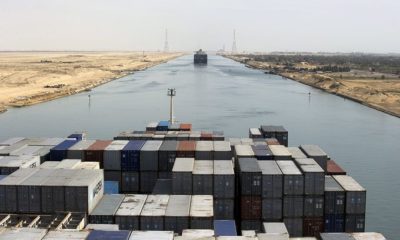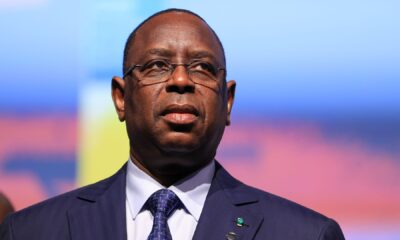- Africa’s Working-age Population to Grow by 450m in 20years
The working-age population in Africa is projected to grow by about 70 per cent or 450 million over a period of 20 years, spanning 2015 to 2035, said the Africa Competitiveness Report 2017. To date, Africa, which has Nigeria as one of the most populated, is inhabited by 1.246 billion people. The population had grown by about 550 million, nearly doubled to 1.2 billion over 30 years, from 1985 to 2015, and now to the current level.
The recently released ACR 2017, which was prepared by the Africa Development Bank, World Economic Forum and World Bank, noted that, going by the current trends, only about 100 million of the 450 million increased population would be able to find stable employment opportunities by 2035.
According to the report, “Countries that are able to enact policies conducive to job creation are likely to reap significant benefits from this rapid population growth. Those that fail to implement such policies are likely to suffer demographic vulnerabilities resulting from large numbers of unemployed and/or underemployed youth. New research is providing governments in the region with insights into how they can address the coming rise in the working-age populations.”
In its analysis, the ACR noted: “From 2004 to 2014, employment grew by only 1.7 percent in total—an average of less than 0.2 percent a year. This level of job creation has been barely sufficient to absorb the approximately 100 million additional African workers aged 20–59 who entered the job market in this period, which meant that the formal unemployment rate remained virtually unchanged amid continuing high rates of informal and vulnerable employment.
“Over the next decade, both GDP and the working-age population are expected to increase by about 3 percent per year. If it was possible to increase employment by only 1 per cent in the past decade, when GDP growth was higher, it could be harder to add jobs over the next few years when economic performance is expected to be softer. Looking ahead, the main question for Africa will be how to improve its competitiveness while absorbing a continuously expanding labor force in a scenario of lower growth.”
The report posited that, it was imperative for African countries to find ways to expand aggregate demand for labor and improve supply-side factors at the same time. “Beyond the traditional prescriptions—such as stable macroeconomic policy, a supportive investment climate, and improving the quality of human and physical capital—countries can facilitate more rapid and better job creation as well as accelerate the development of their manufacturing sector by implementing policies suited to their specific circumstances.”
It added: “Since almost all new jobs in Africa today are in agriculture and microenterprises, improving the business environment in these sectors is a high priority. Fragile countries can create jobs as well as promote growth and stability through targeted support to vulnerable regions and/or populations. Open trade policies and developing value chain links to extractive sectors are crucial for encouraging diversification and job creation in resource-rich countries. Finally, policies that foster regional trade and integration can be a major source of new jobs as well as improve firm-level productivity and economic competitiveness.”
Pointing out that this edition of the Africa Competitiveness Report came at a time of reduced enthusiasm about African growth prospects, the ACR expressed regret that, “The robust expansion experienced by the region over the past two decades may not continue over the next few years, reducing expectations about the continent’s employment outlook.”
“Since the publication of the last Africa Competitiveness Report in 2015, the region’s growth prospects have been affected by multiple external shocks: for example, oil exporters such as Nigeria have begun to be affected by lower oil prices over the past few years, and other mineral exporters, such as South Africa, have been hit by the slowdown of emerging economies, especially China,” the report pointed out.
Stating that, “Growth is expected to pick up in 2018 but will most likely remain below 4 per cent over the next few years,” the ACR 2017 recalled that, from 2004 to 2014, the region as a whole averaged a growth above 5 per cent a year, but it is now about 2.2 percent.
“Over that same period, growth of GDP per capita, however—the main indicator of economic development—was well above 5 per cent only between 2004 and 2007. Relatively few jobs have been added to African economies over almost 20 years of strong output expansion, mainly because of an overreliance on the primary sector (mineral extraction and agricultural products), little diversification, and low productivity,” it added.

 Forex3 weeks ago
Forex3 weeks ago


 Naira2 weeks ago
Naira2 weeks ago
 Billionaire Watch2 weeks ago
Billionaire Watch2 weeks ago




 Naira2 weeks ago
Naira2 weeks ago




 Naira2 weeks ago
Naira2 weeks ago




 Naira4 weeks ago
Naira4 weeks ago


 Naira6 days ago
Naira6 days ago
 Banking Sector4 weeks ago
Banking Sector4 weeks ago






















